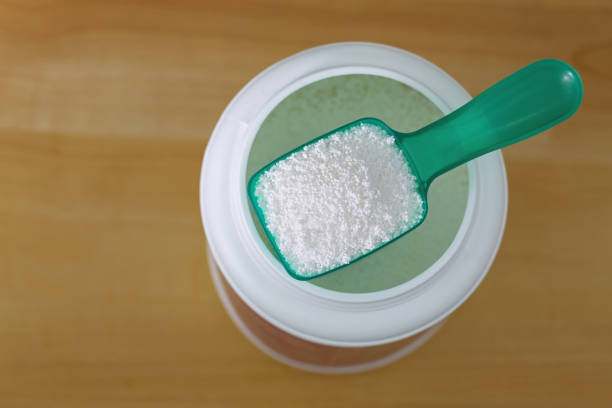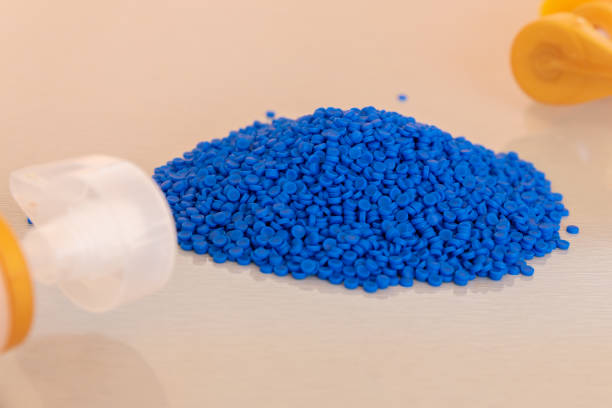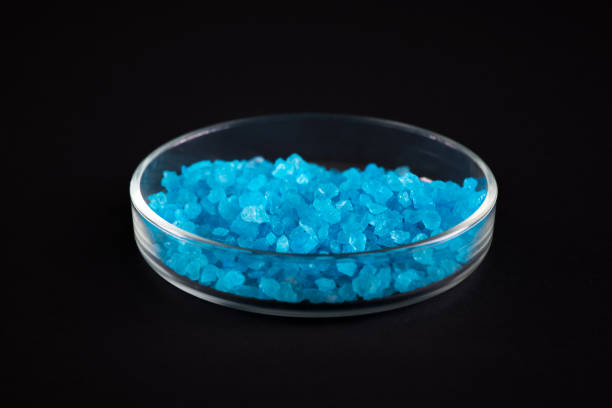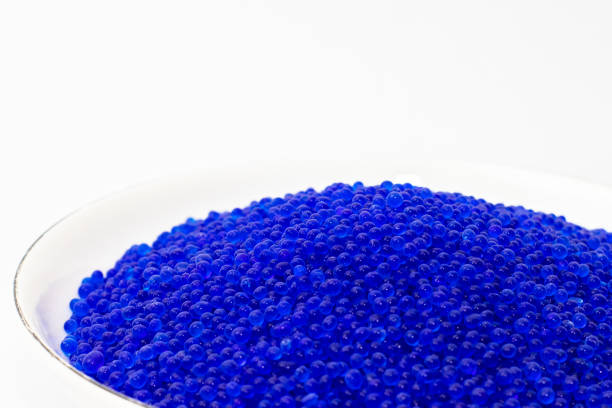The major mineral processing industries we supply our products to are as follows:
Coal Gold/Silver Copper Lead/Zinc Alumina Uranium
Iron/Steel Titanium Dioxide Nickel Phosphates Potassium Manganese Sodium Vanadium Oil Sand
In most mineral processes where there is a flocculant requirement for a either sedimentation or centrifugation application then a high molecular weight product is desired. The anionic product range offers ultra high molecular weight products ensuring maximum performance and cost efficiency for sedimentation and centrifugation applications.
The extensive product range of flocculants and coagulants includes a wide range of anionic /cationic charged products, all at varying molecular weights, so that all applications in the mineral processing industry are catered for.
Apart what we illustrated in Polyacrylamide for Mineral ProcessingⅠ,Summaries of the major mineral processing industries we supply our products to are as follows:
Lead and Zinc
Zinc normally occurs in the sulphide form although occurs also as oxide and silicate where different processing techniques are required for ore processing.
In processing Zinc Sulphide the ore is calcined by roasting in furnaces and oxidising to Zinc Oxide. The oxide is then subjected to a leaching process using sulphuric acid as the leaching liquor. A neutral leach at around PH 5 and an acid leach at PH 2.5 are carried out to dissolve all the zinc values into the sulphuric acid. Some plants use an additional hot leach thickening stage to enhance recovery even further. A counter current decantation system is normally used with the overflow liquor from the neutral thickening stage reporting to the purification stage.
During all these stages of leaching flocculants are used to promote rapid settlement and clarification of the liquor.
Alumina
Alumina is produced by processing bauxite ore. After crushing and grinding the ore to less than 1mm it is then subjected to high temperature and pressure after the addition of concentrated sodium hydroxide. The alumina dissolves in the highly caustic liquor and of the many impurities only silica is soluble.
Phosphate
Phosphate beneficiation methods are as follows: direct flotation, reverse flotation, direct-reverse (reverse-direct) flotation, double reverse flotation, scrubing off the mud, roasting digestion process, chemical process, heavy media separation, and so on.
The phosphate production process will produce large amounts of sludge, waste, waste water. So the contaminated water around the mines and contaminated soil, if fail to take appropriate control measures will destroy the ecological balance, influence local production and life.
The waste water of phosphate industry mainly from outside the mine and open pit drainage, mineral water plant, machine repair&auto repair water and living water. To reach the emission standards, we may take different measures in accordance with the mine wastewater sources and nature.
Using different kinds of Sinofloc polymers can speed up processing of waste water and improve waste water recycling rate.
Using Nuoer flocculant in sludge processing can make small particles more compact and separate the liquid and solid. It can greatly reduce the amount of flocculant to make mud tail rapid subsidence and effectively dehydration. The solid content of mud tail is more than 60%. Thus, the mud can be easily transported to the mining field for filling, vegetation, farming, afforestation, improving land utilization.
Vanadium
The vanadium compound is extracted from the vanadium-containing ore. After crushed, milled and then mixed with sodium salt (such as sodium chloride, sodium sulfate or sodium carbonate, etc.), calcined at 850℃, The ore converted to vanadium water-soluble sodium metavanadate (NaVO3). Six sodium vanadate (Na4V6O17) which known as “red cake” can be precipitated from water when the pH of sodium metavanadate (NaVO3) solution is adjusted to 2-3 by sulfuric acide.
It melted to dark purple dense industrial pentoxide (V2O5> 86%, Na2O about 6-10%) at 700 ℃calcination.
Pure V2O5 (99.8%) can be made by following steps: firstly, making the “red cake” dissolved in sodium carbonate solution and adjusting the PH value until the iron, aluminum, and silicon impurities precipitation (using flocculants). Then add NH4Cl to precipitate the vanadium into ammonium metavanadate (NH4VO3). Lastly, calcine NH4VO3 at 320 ~ 430 ℃ for pure V2O5.
Oil sands
Oil sands are a naturally occurring mixture of thick, heavy oil, water and sand. The heavy oil is classified as bitumen, which is defined as oil that will not flow under natural conditions or pump without being diluted or heated. The consistency of oil sands is similar to that of peanut butter.
Tailings contain water, clay, sand and residual bitumen that is left over when the bitumen is separated from the sand.
The tailing ponds help separate the solids from the water so the water may be recycled into the process again. They also serve as storage facilities, allowing water to be stored for low flow periods when water availability is restricted.
After a year or two, when the fine tailings have reached a solids content of about 30% (by mass), they are referred to as mature fine tailings (MFT). Settling occurs much more slowly after this point and remains fluid-like for decades or centuries.
Mature fine tailings (MFT), as a mixture of residual bitumen, sand, silt, fine clay particles and water, are a byproduct of oil sands extraction. The large volume, and poor consolidation and water release ability of MFT have been causing significant economic and environmental concerns.
 Enhancing Oil Recovery Processes with Powder Anionic Polyacrylamide
2024-03-27
Enhancing Oil Recovery Processes with Powder Anionic Polyacrylamide
2024-03-27
 Impact of Powder Anionic Polyacrylamide in Enhancing Papermaking Processes
2024-03-25
Impact of Powder Anionic Polyacrylamide in Enhancing Papermaking Processes
2024-03-25
 Navigating Environmental Stewardship: The Impact of Polycrylamide Emulsions
2024-03-23
Navigating Environmental Stewardship: The Impact of Polycrylamide Emulsions
2024-03-23
 Finding the Perfect Compatibility: Polycrylamide Emulsions and Other Chemicals
2024-03-21
Finding the Perfect Compatibility: Polycrylamide Emulsions and Other Chemicals
2024-03-21
 Enhancing Efficiency in Oil and Gas Drilling with Polycrylamide Emulsions
2024-03-19
Enhancing Efficiency in Oil and Gas Drilling with Polycrylamide Emulsions
2024-03-19
 Production Process and Formulations of Polycrylamide Emulsions
2024-03-17
Production Process and Formulations of Polycrylamide Emulsions
2024-03-17

